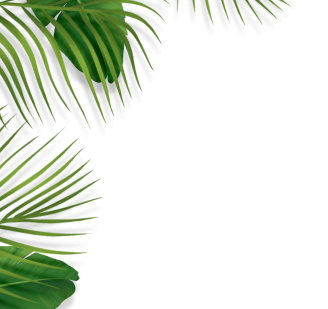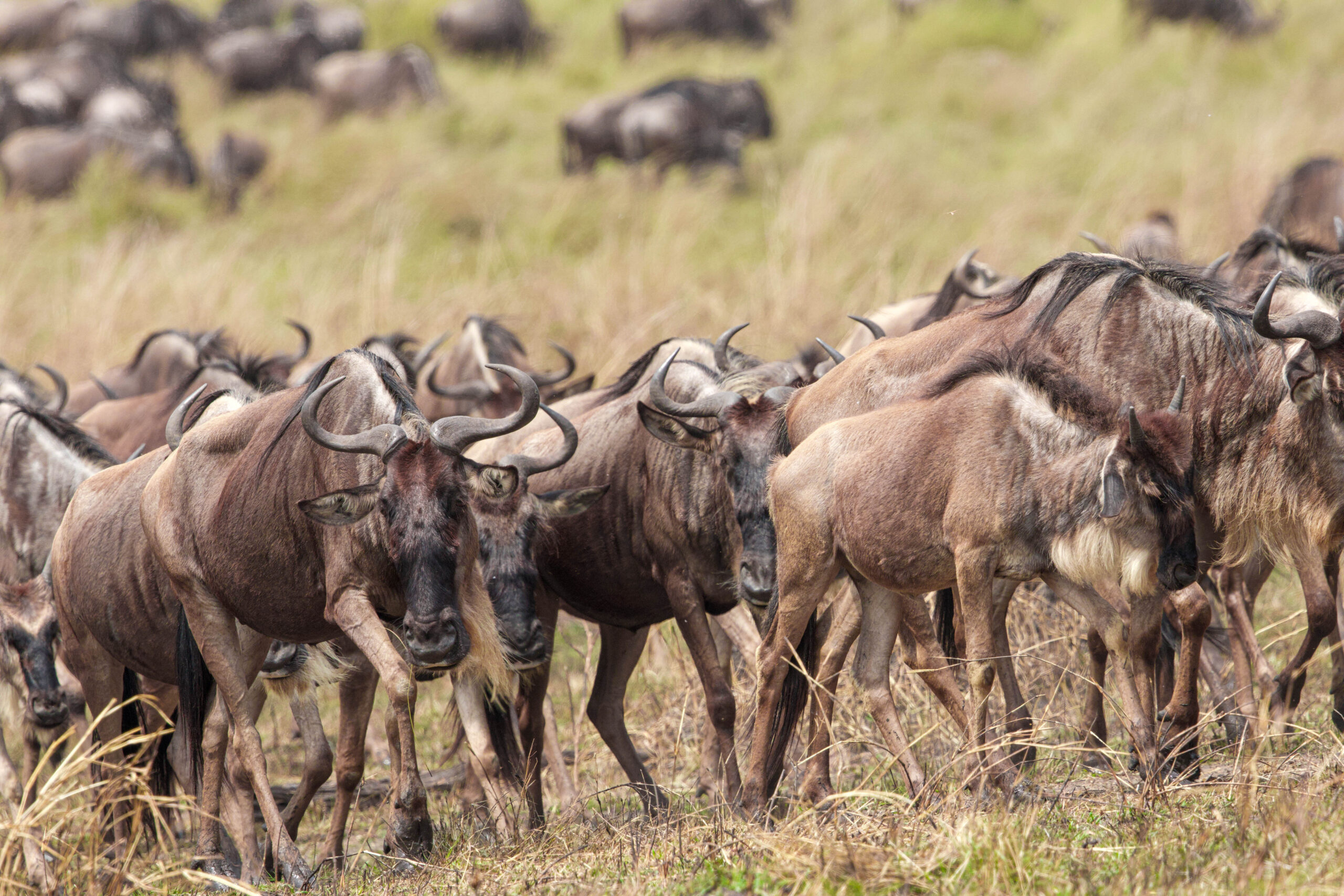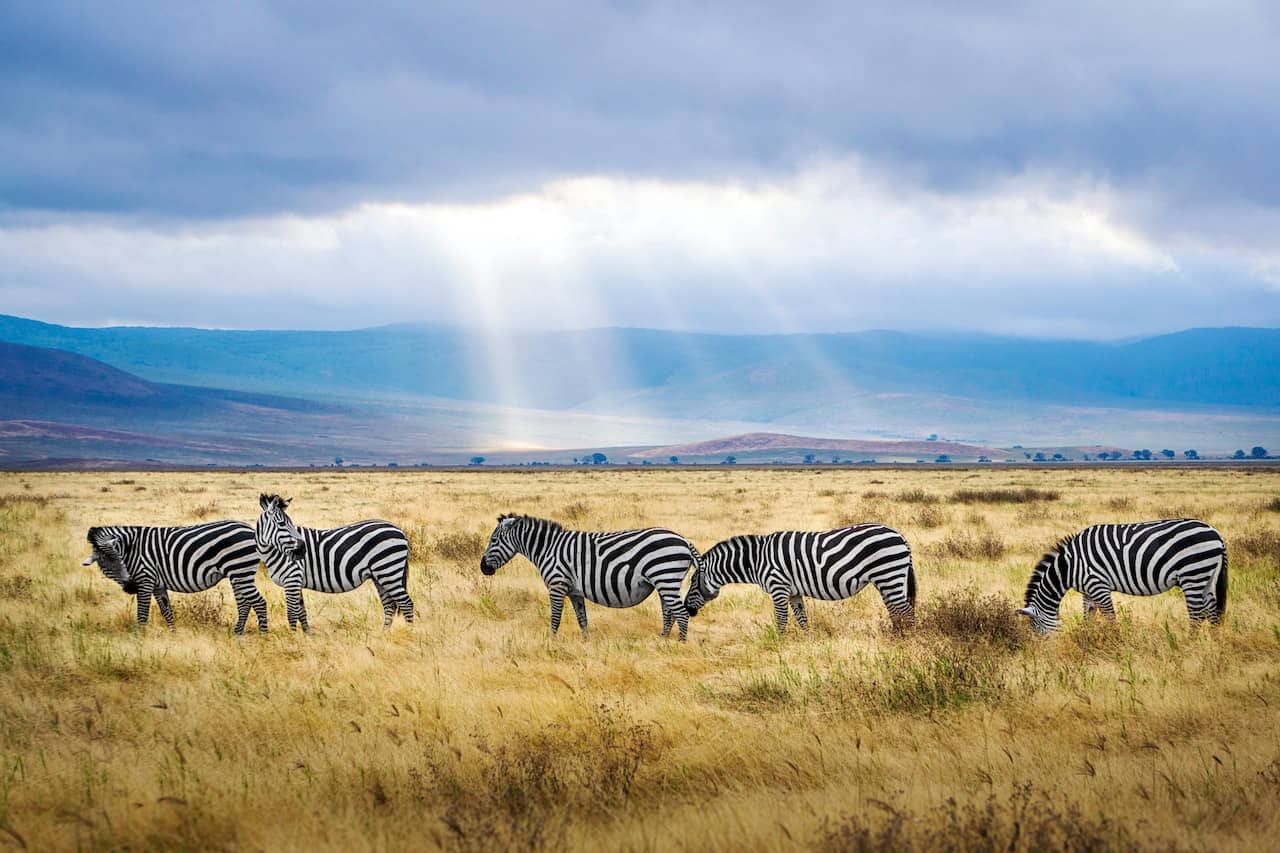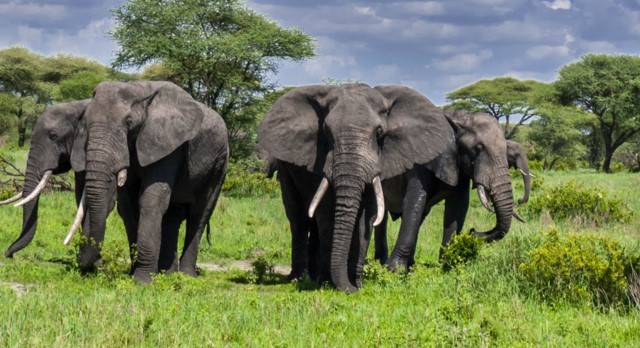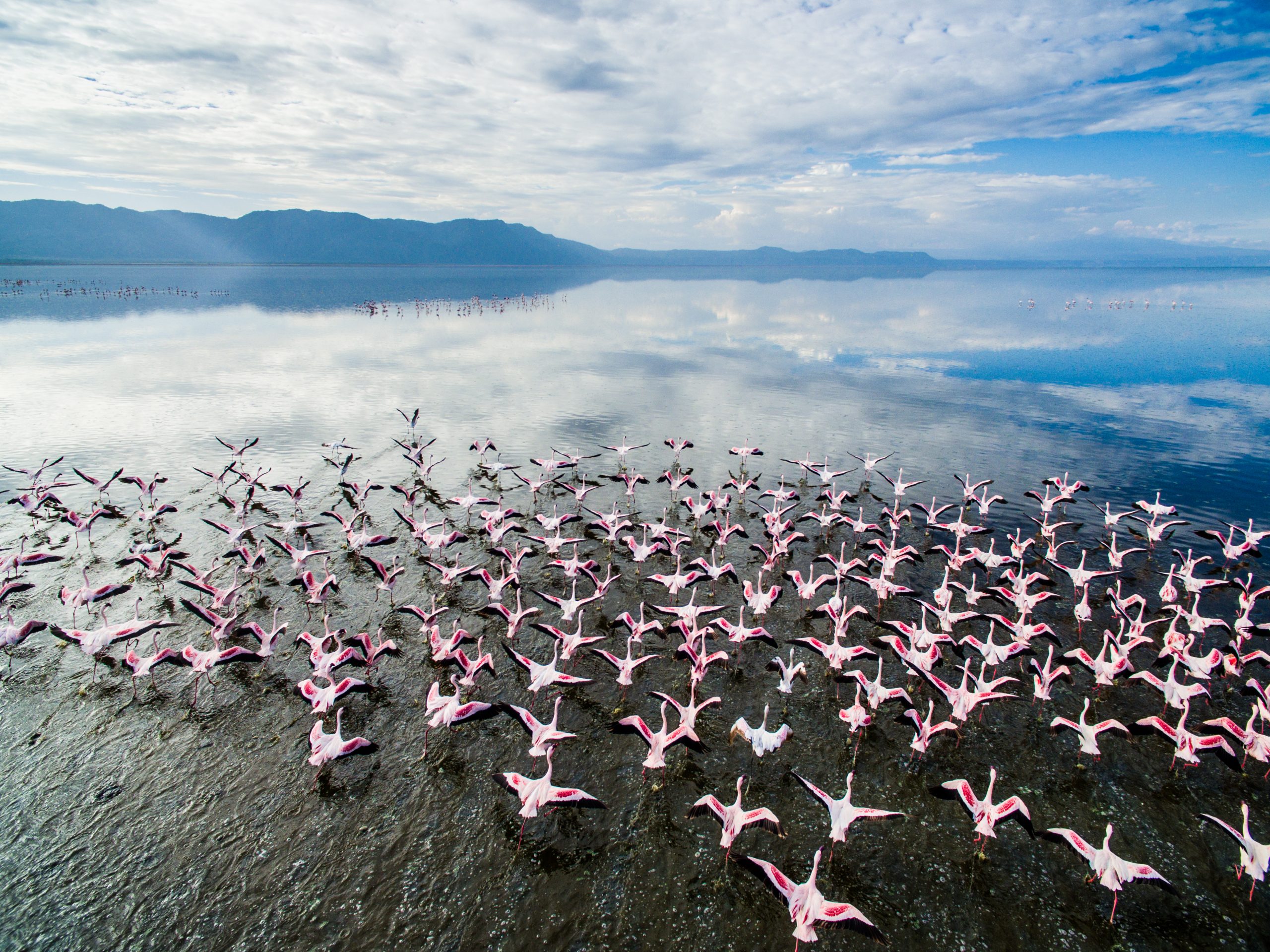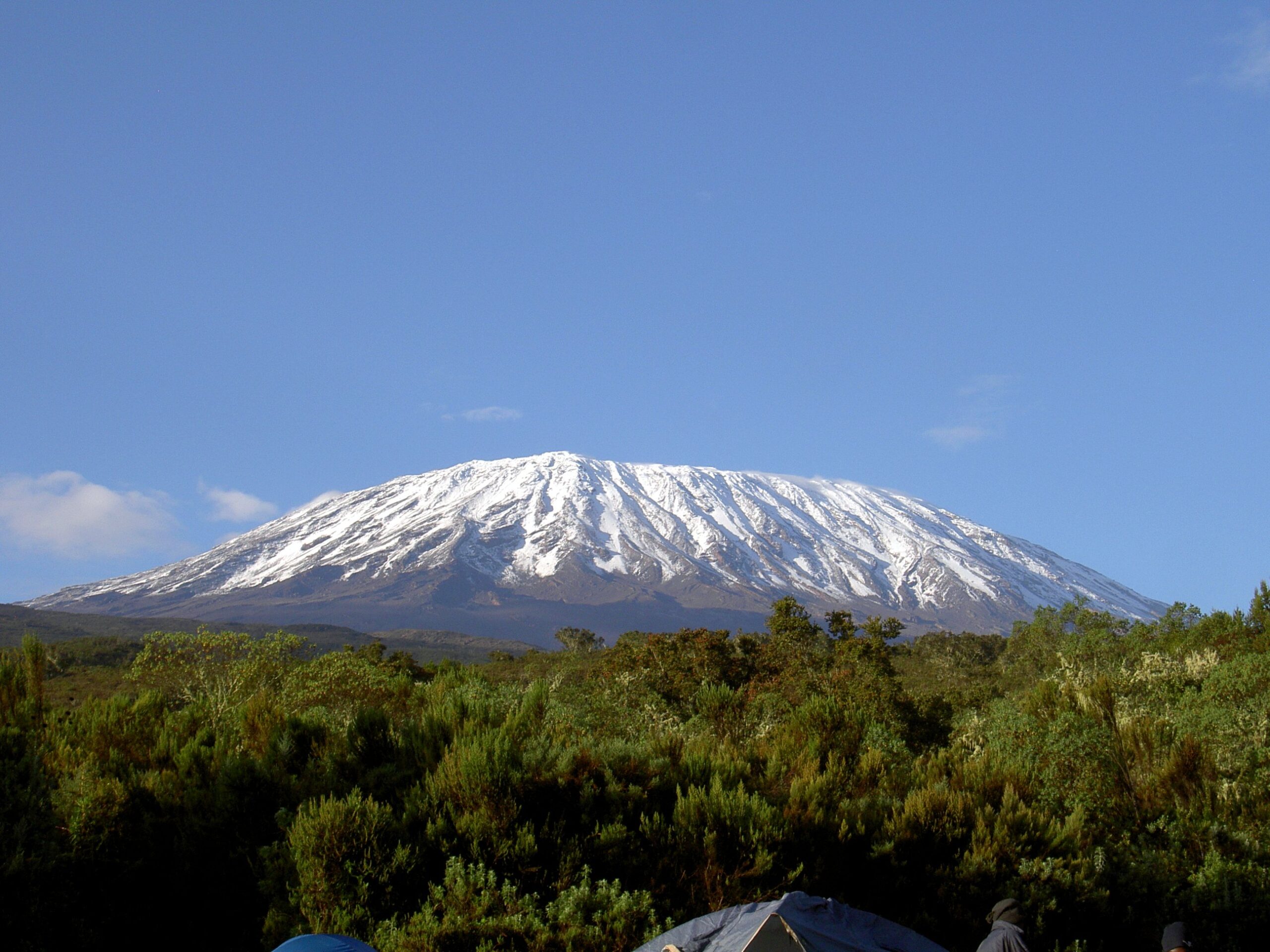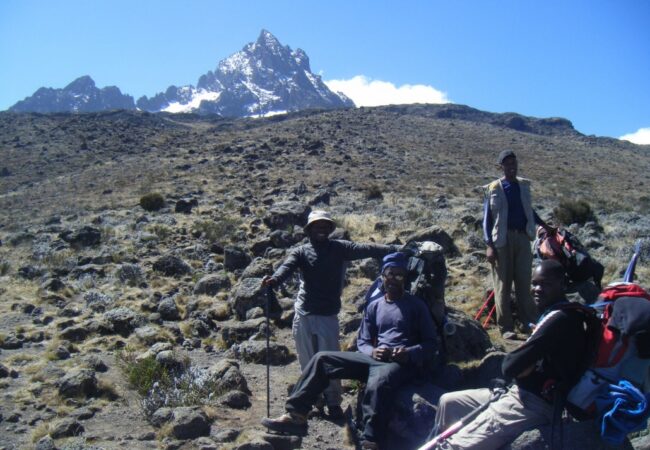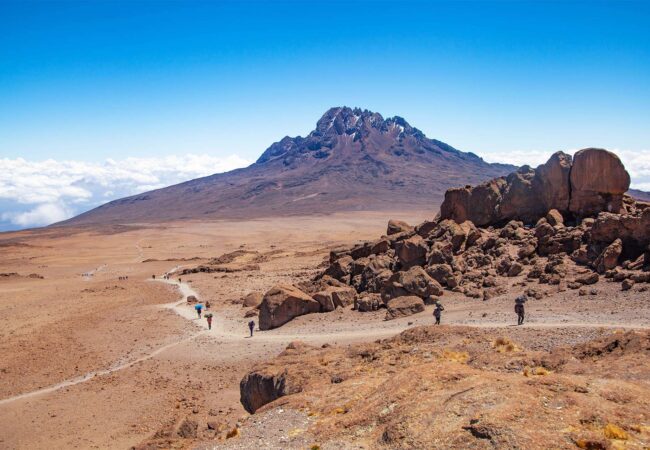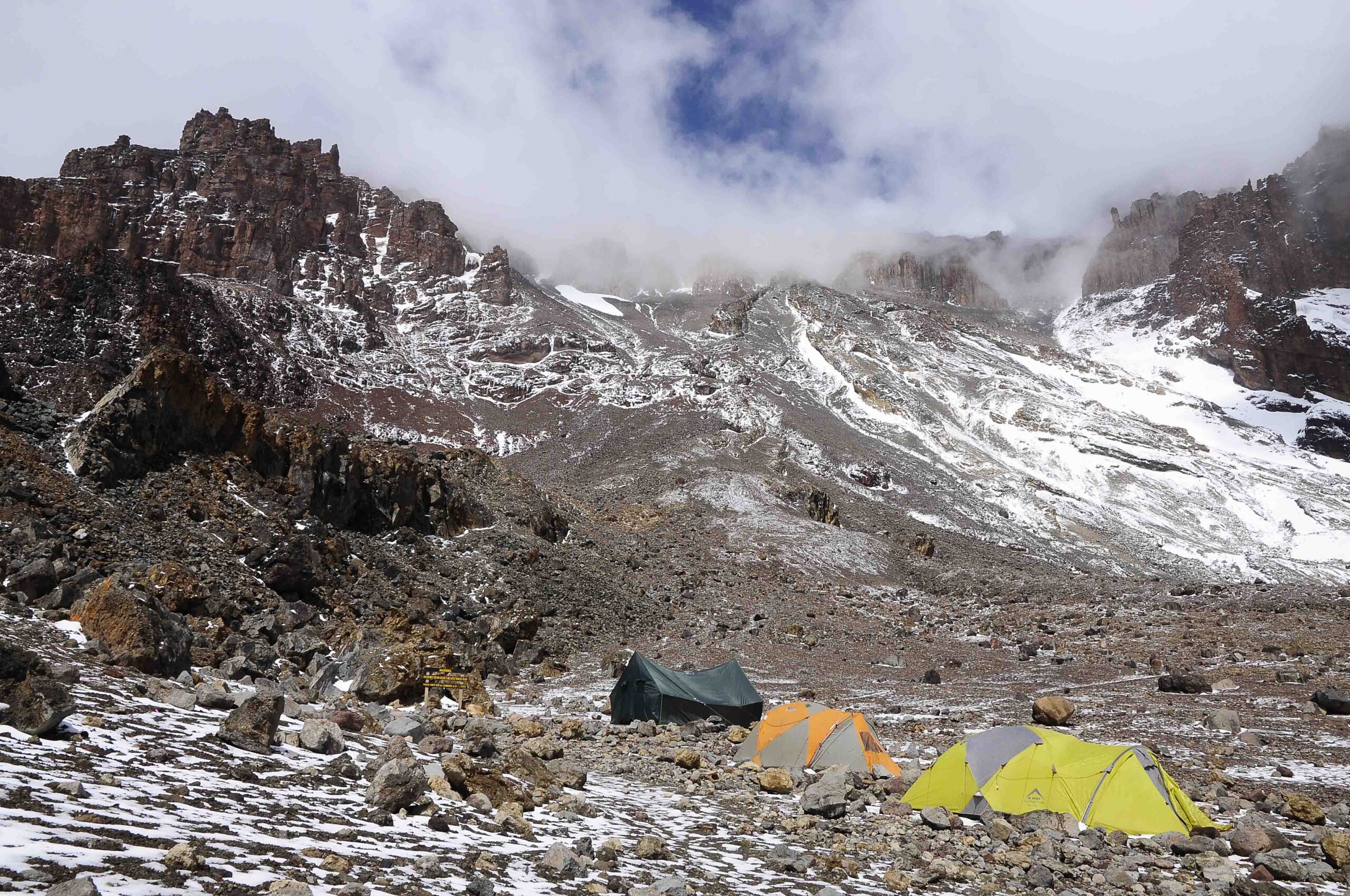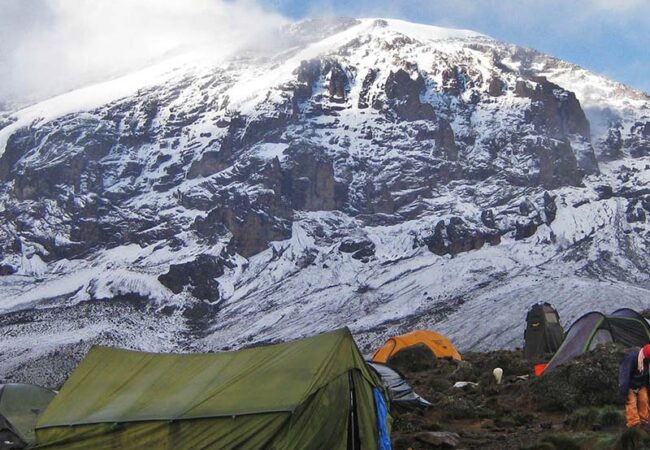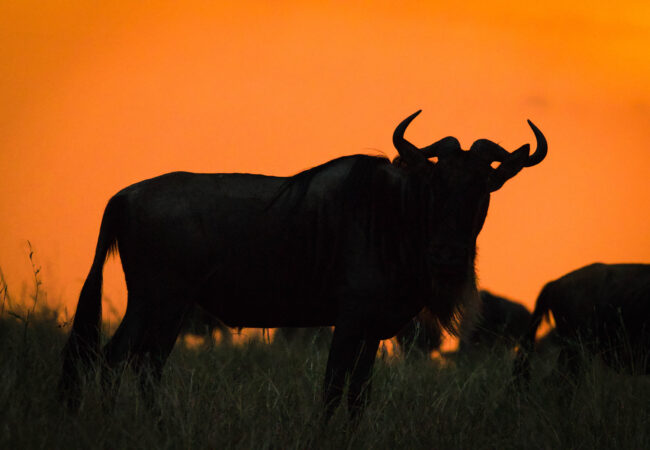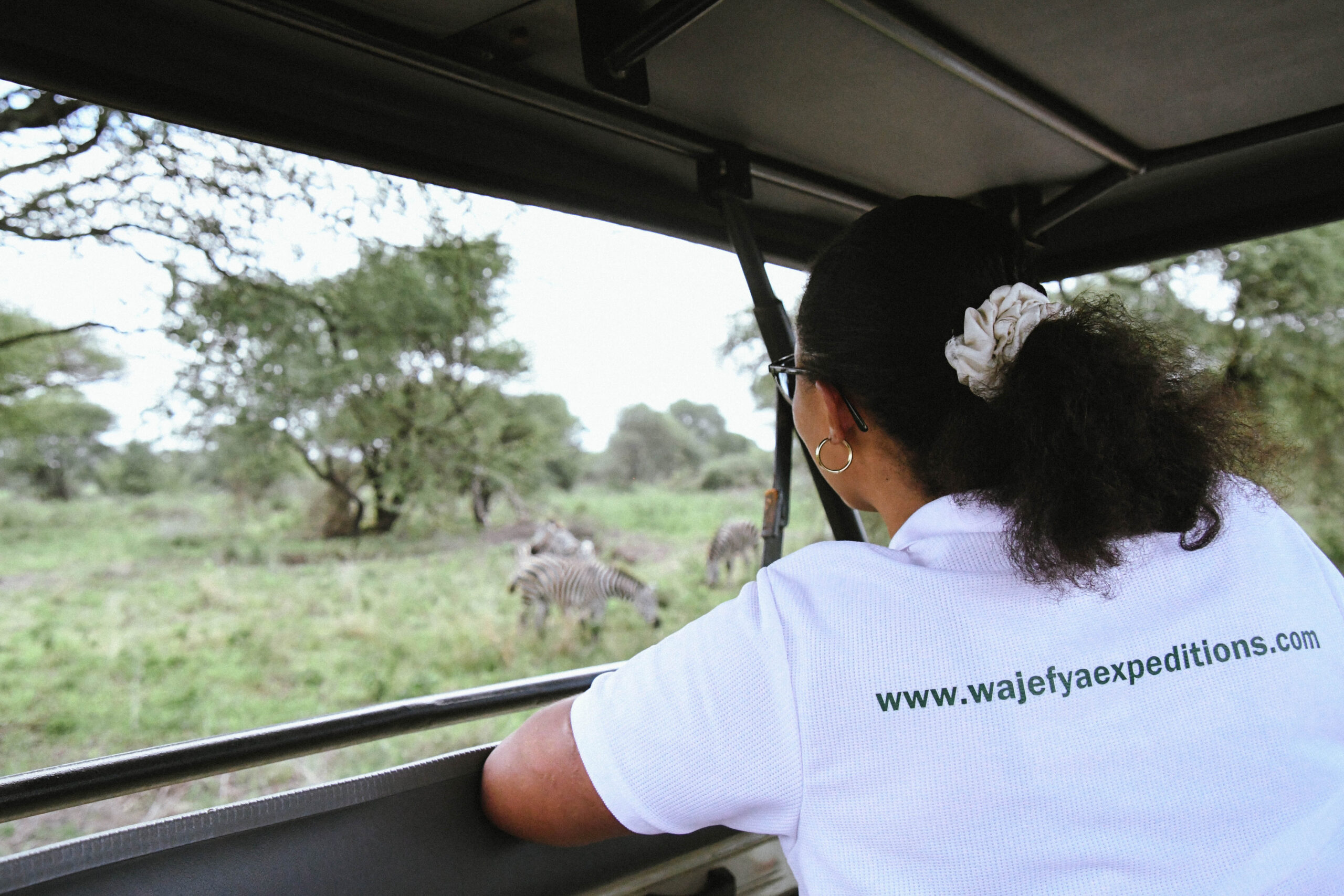Our Destinations
info@wajefyaexpeditions.com
Mount Kilimanjaro
- Home
- Mount Kilimanjaro
Welcome To Mount Kilimanjaro
Mount Kilimanjaro, Africa’s tallest mountain at 5,895 meters (19,341 feet), is a natural wonder located in northern Tanzania. Part of Kilimanjaro National Park, this iconic peak is celebrated for its breathtaking beauty, diverse ecosystems, and the challenge it offers climbers from around the globe. Known as the “Roof of Africa,” Kilimanjaro is a UNESCO World Heritage Site and one of the Seven Summits, making it a bucket-list destination for adventure seekers and nature enthusiasts alike.

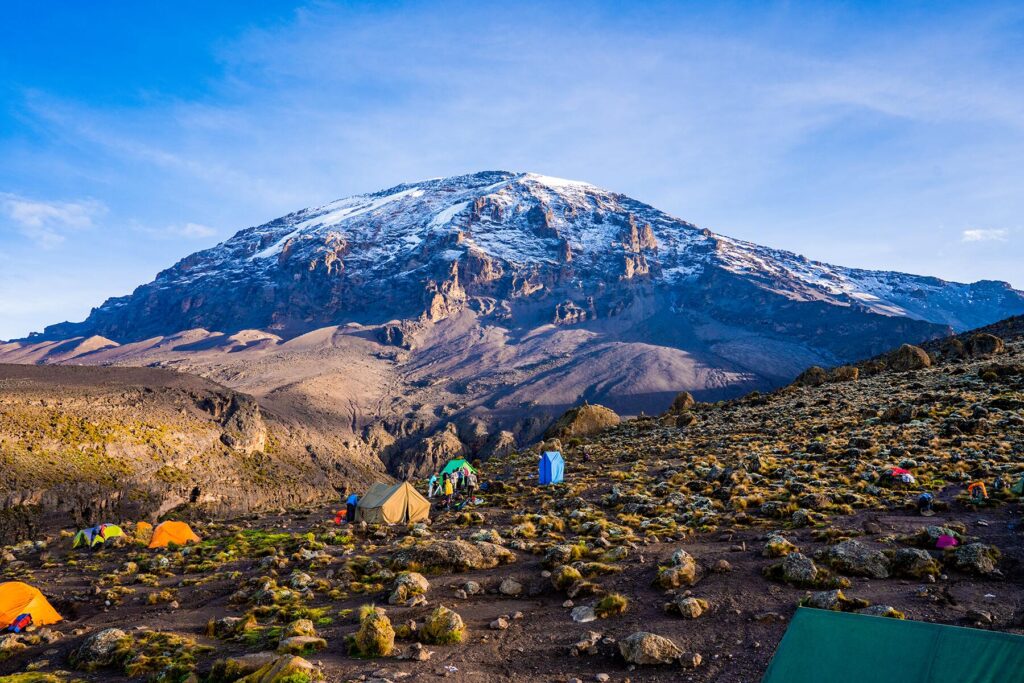
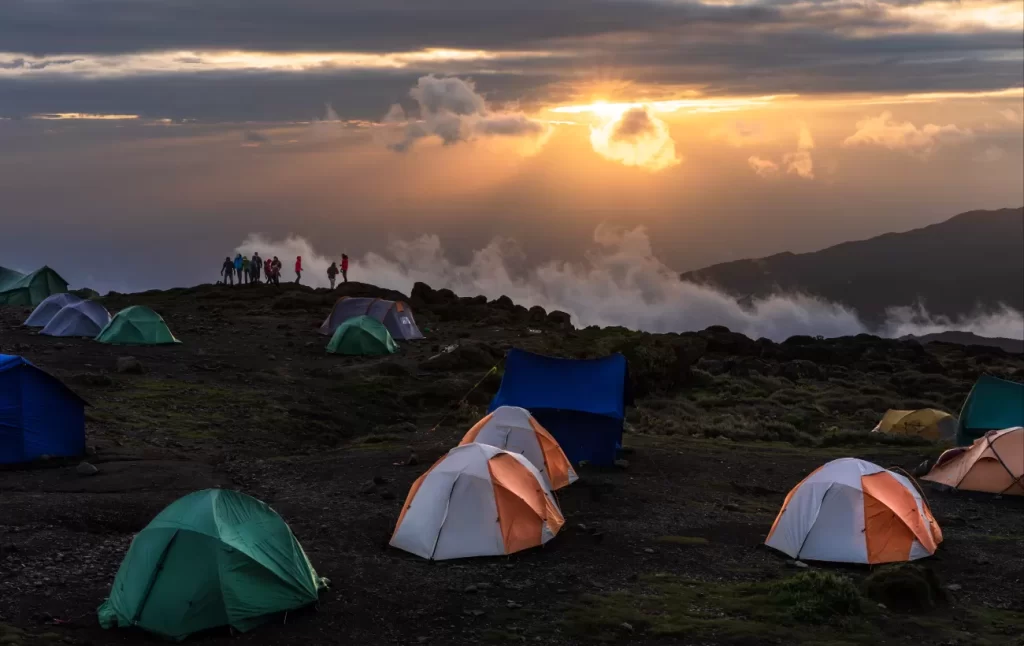
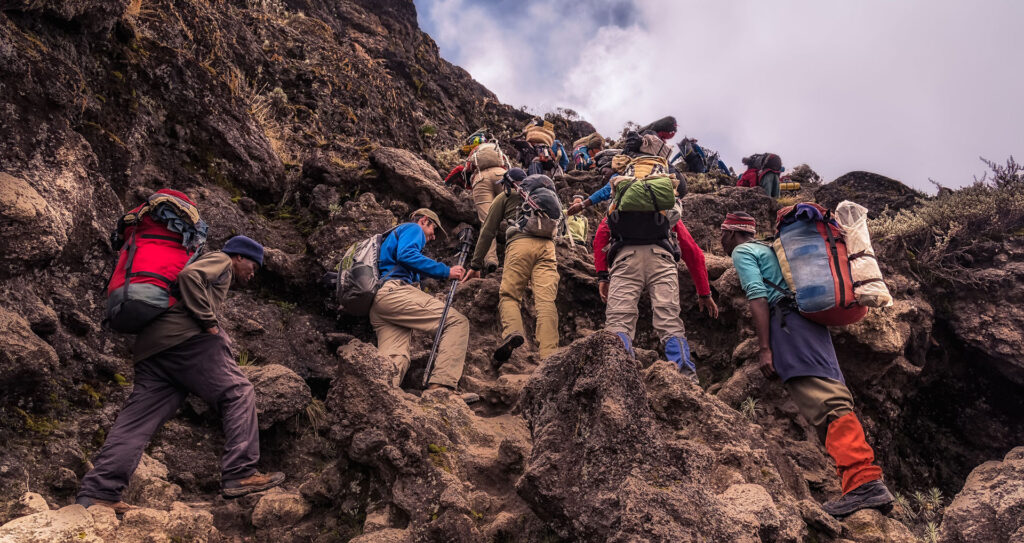

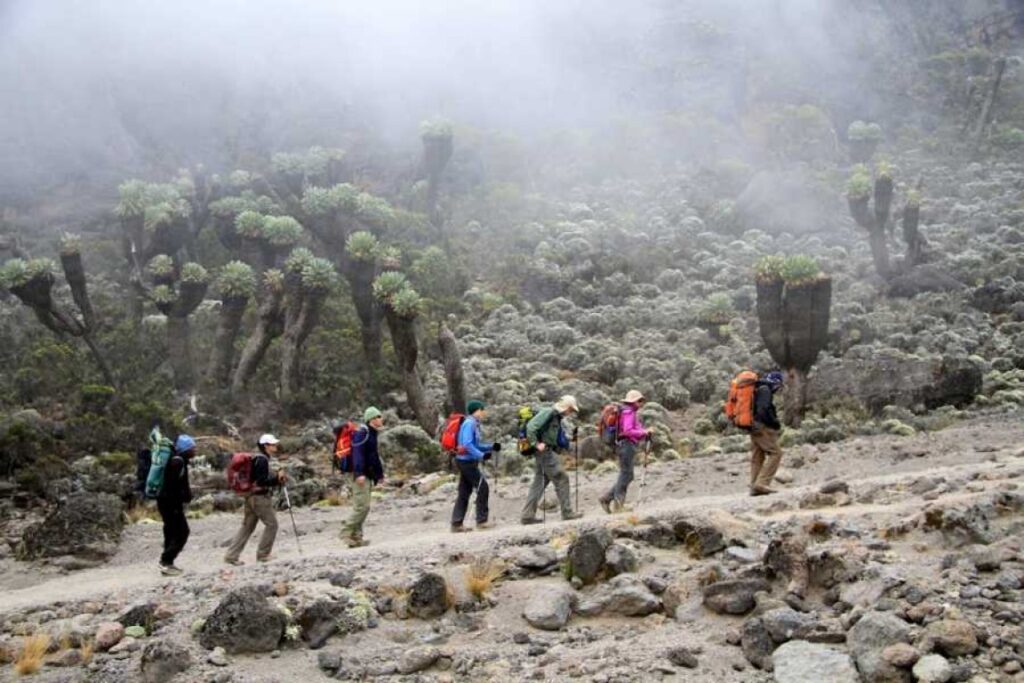
Mount Kilimanjaro’s Ecosystems
As you ascend Mount Kilimanjaro, you’ll experience five distinct ecological zones, each with unique characteristics:
Arctic Zone (Above 5,000 meters)
Glaciers and ice fields near the summit.
Cultivation Zone (800–1,800 meters)
Farmlands and villages surround the mountain’s base.
Montane Forest (1,800–2,800 meters)
Dense rainforests teeming with wildlife.
Heather and Moorland (2,800–4,000 meters)
Shrubby vegetation and giant heathers dominate this zone.
Alpine Desert (4,000–5,000 meters)
A harsh, arid landscape with sparse vegetation.

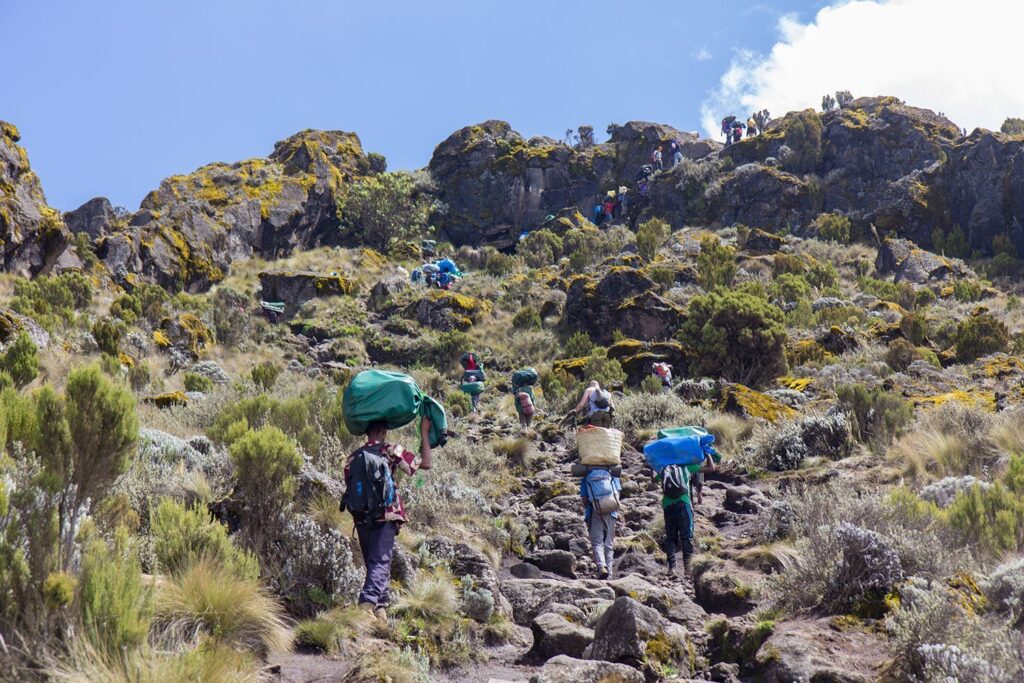
BEST TIME TO VISIT
The best time to climb Mount Kilimanjaro depends on the weather and your personal preferences:
- January to March: Generally colder but less crowded, with clear skies.
- June to October: Dry season, warmer, and very popular with climbers.
- November and December: Short rainy season, fewer climbers, and more lush landscapes.
Mount Kilimanjaro
5,895 M

Book Now
For Your First Book
Join The Newsletter
To receive our best monthly deals
